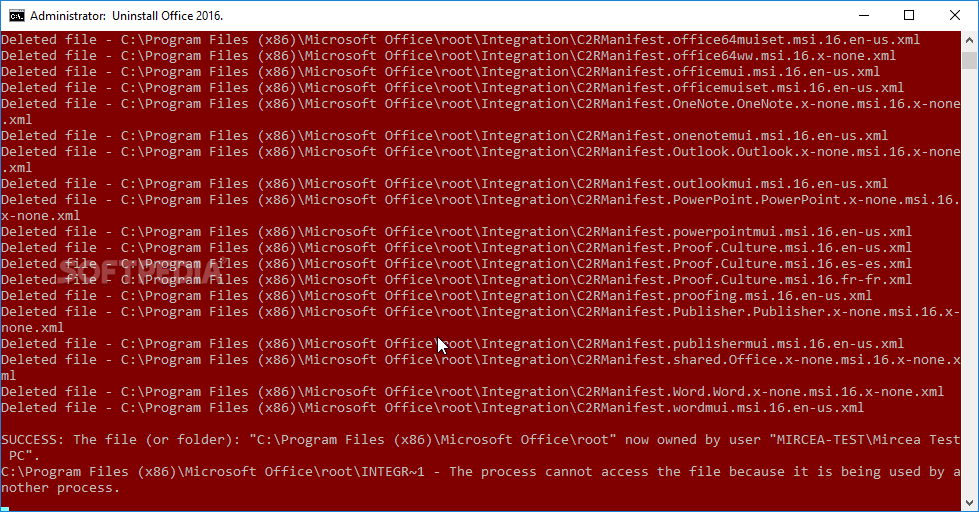
More details on what needs to be removed here. Removing user folder data may be a challenge - not sure. You can get a report of the relevant application names using Bigfix WebReports. You may need to include some detection loops to avoid erroring out on any missing applications. I would handle the Mac uninstall as a separate action - but on the surface, it’s easier. Or you can forumulate your own using the base instructions from Microsoft under the title Manually uninstall Office. ps1 files you’ll need with a file compression manager after getting it from here: from Microsoft here. Restarting your Mac also solves all sorts of other problems like apps that refuse to open or an Apple Watch that won’t unlock your Mac, which is why it’s so often touted as a go-to troubleshooting solution.I’ve done this before on the Windows side, and the best way I found was start is with the Microsoft Fixit, which already has the PowerShell scripts to remove Office - almost any office. You can then check how much free space you have using Finder.

If you’ve deleted everything but still aren’t seeing as much free space as you’d have hoped, give your Mac a restart by clicking Apple > Restart.

Finally, open the Trash and click “Empty” to permanently delete everything you just removed. You can do this by clicking and dragging the dock icon until you see “Remove” appear, then release. Lastly, any dock items you might still have should be removed. Remove Any Dock Icons Left Over and Empty Trash any files that begin “Office2011_” from Library/Receipts.the “Microsoft” folder from Library/Fonts.



 0 kommentar(er)
0 kommentar(er)
